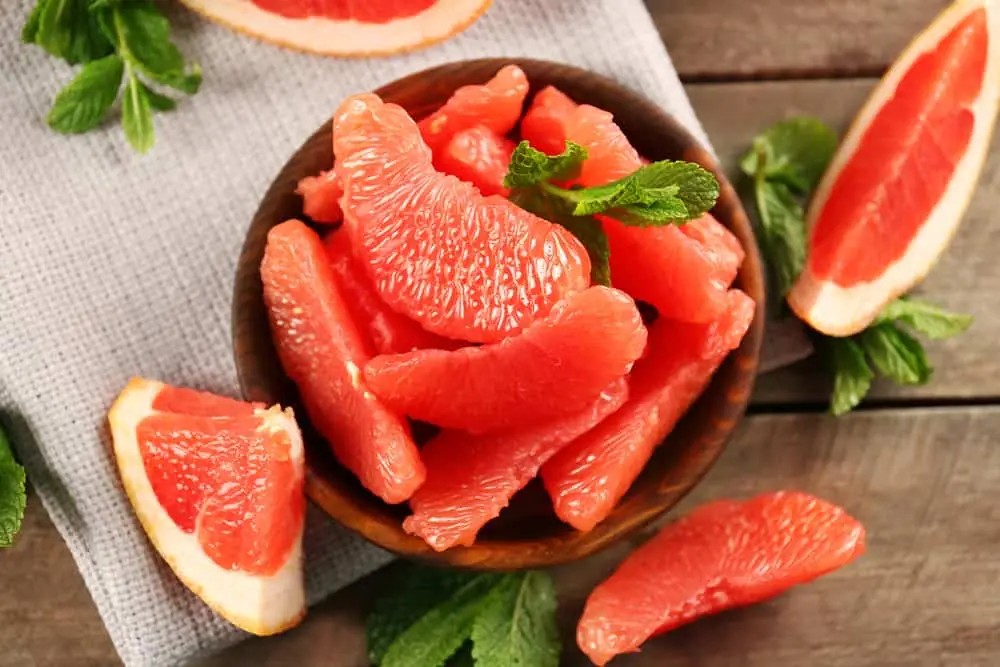
Throwing Away Silica Gel Packets? You’re Wasting Money!
Throwing Away Silica Gel Packets? You’re Wasting Money! Discover 8 Brilliant Uses of It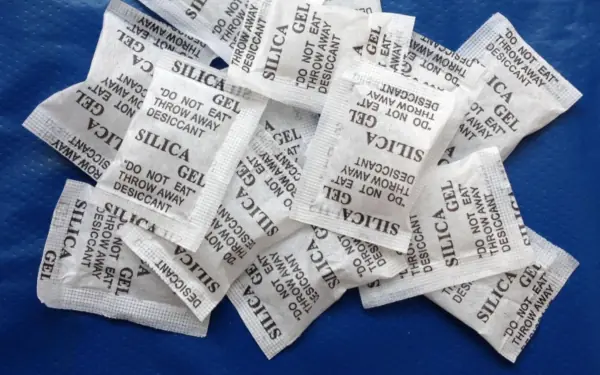
You might not realize it, but those tiny silica gel packets have numerous incredible uses that make them worth saving and reusing.
1. Drying a Wet Phone
In the digital age, wet or water-damaged phones are common. If this happens, quickly follow these steps:
Remove the battery and memory card immediately.
Place the phone in a large bowl filled with silica gel beads, ensuring the device is completely covered.
Let it sit overnight before attempting to turn it on again.
2. Protecting Electronics
Electronics like cameras, laptops, and other devices are highly sensitive to moisture, which can lead to damage. Store silica gel packets near these items to absorb excess humidity and keep them dry, prolonging their lifespan.
3. Keeping Food Dry
Silica gel is an effective solution for maintaining dryness in food storage. Add packets to snack packaging, dried fruits, or tea containers to prevent moisture, extend shelf life, and preserve flavor. In airtight jars, silica gel helps prevent mold and maintains food quality over time.
4. Eliminating Odors in Shoe Cabinets
Shoe cabinets often trap moisture, leading to mold and unpleasant odors. Place silica gel packets inside to absorb moisture, reduce mold growth, and eliminate odors for a fresher, cleaner space.
5. Drying Makeup Bags
If your makeup bag accidentally gets wet, especially when you’re in a rush, silica gel packets can help. The silica beads can absorb up to 20-40% of their weight in water, drying your bag effectively and quickly.
6. Extending the Life of Cosmetics
Cosmetics can easily spoil in humid environments. To protect them, place a silica gel packet in your makeup storage. It absorbs excess moisture, preventing mold and prolonging the usability of your products.
7. Preventing Jewelry from Rusting
Metal jewelry is prone to oxidation and discoloration in humid conditions. Adding a silica gel packet to your jewelry box helps absorb moisture, keeping your pieces shiny and rust-free.
8. Preserving Books and Documents
Books and important documents are vulnerable to mold and damage from humidity. Place silica gel packets on shelves, in filing cabinets, or other storage areas to absorb moisture, protecting your valuable materials for the long term.
Bonus Tip: Extending Razor Blade Life
According to Dr. David Elks, using silica gel packets in a sealed bag can extend razor blade life by years. Typically, razors last about five weeks under normal conditions, but silica gel prevents moisture-related rust, keeping them sharper longer. Replace the silica gel packets regularly for optimal results.
Start saving those silica gel packets—you’ll be surprised at how useful they can be!
News in the same category


Add a Few Drops of Oil to an Onion: A Simple Home Trick That Repels Mosquitoes and Improves Sleep

Revealed: The 10 Most Toxic Foods in the World — Some Are Shockingly Familiar

3 Effective Ways to Prevent Snakes From Entering Your Home

A Simple, Safe Way to Repel Rats Using Only Rice
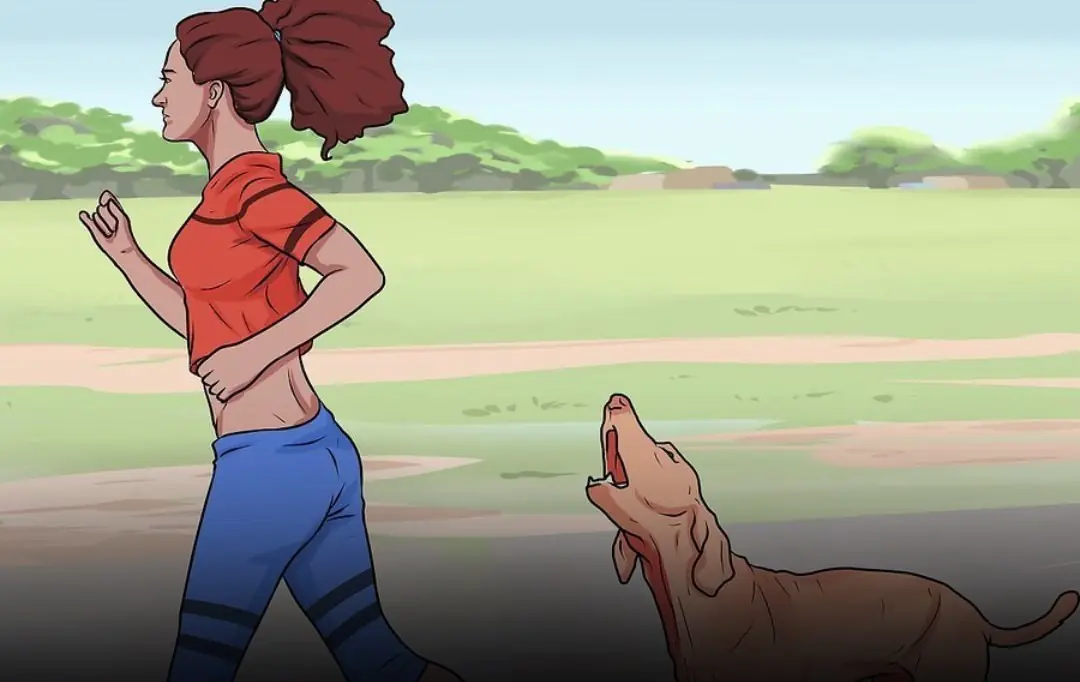
The reason dogs always behave this way is because
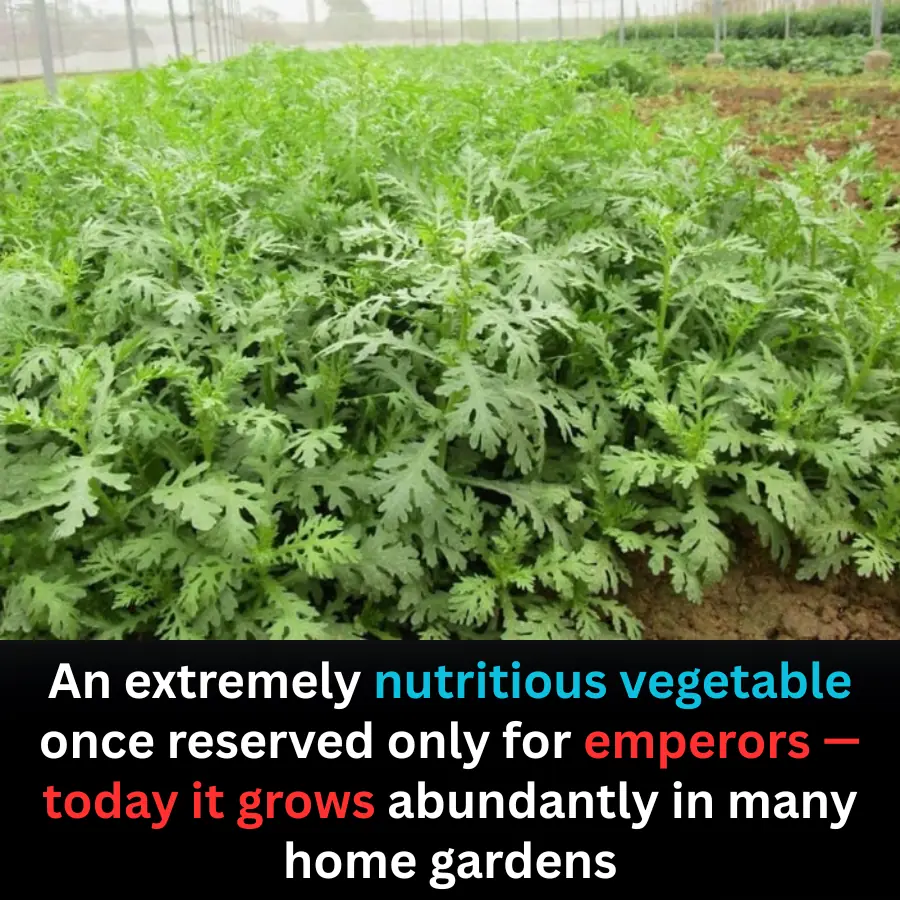
The Vegetable Once Reserved for Emperors — Now Found in Everyday Gardens

The Overlooked Plant Said to Support Health in Many Ways
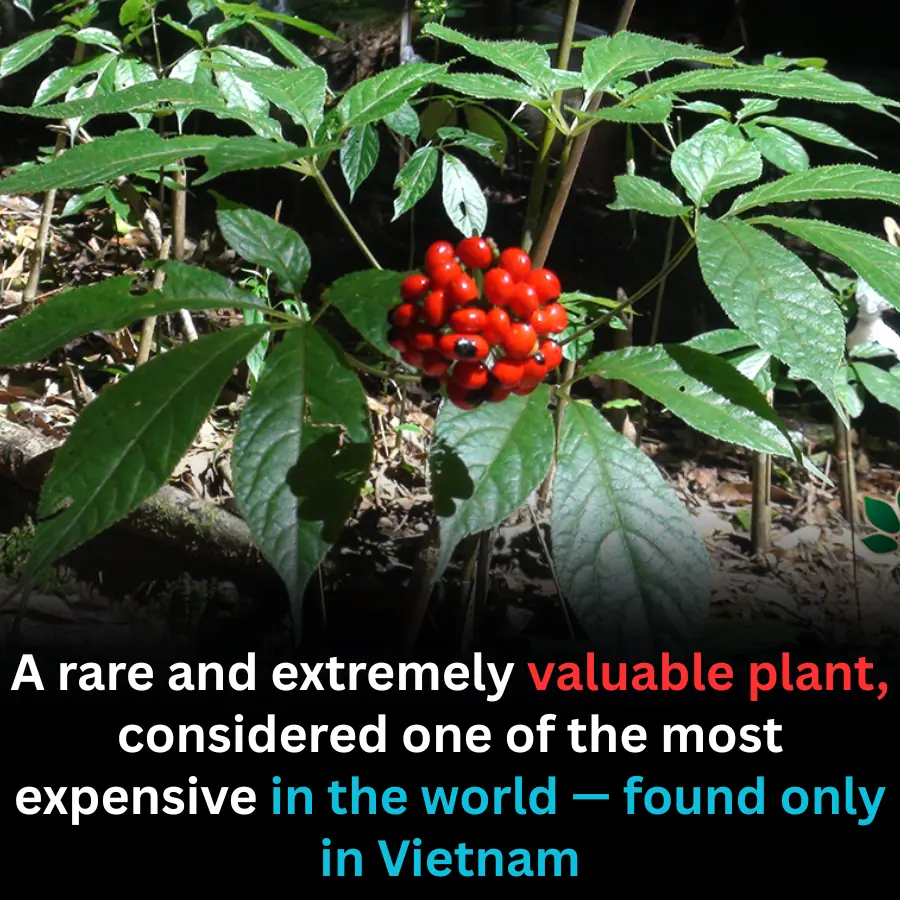
The World’s Rarest and Most Expensive Plant — Found Only in Vietnam
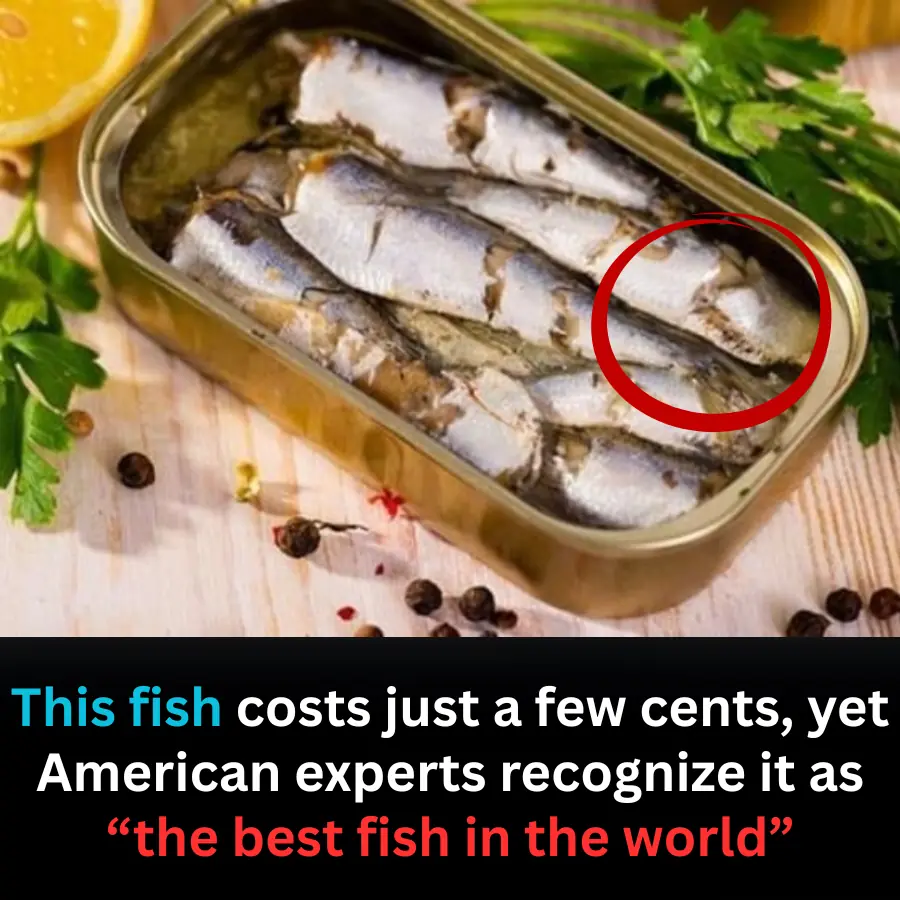
The World’s Best Fish — Shockingly Cheap and Found Everywhere
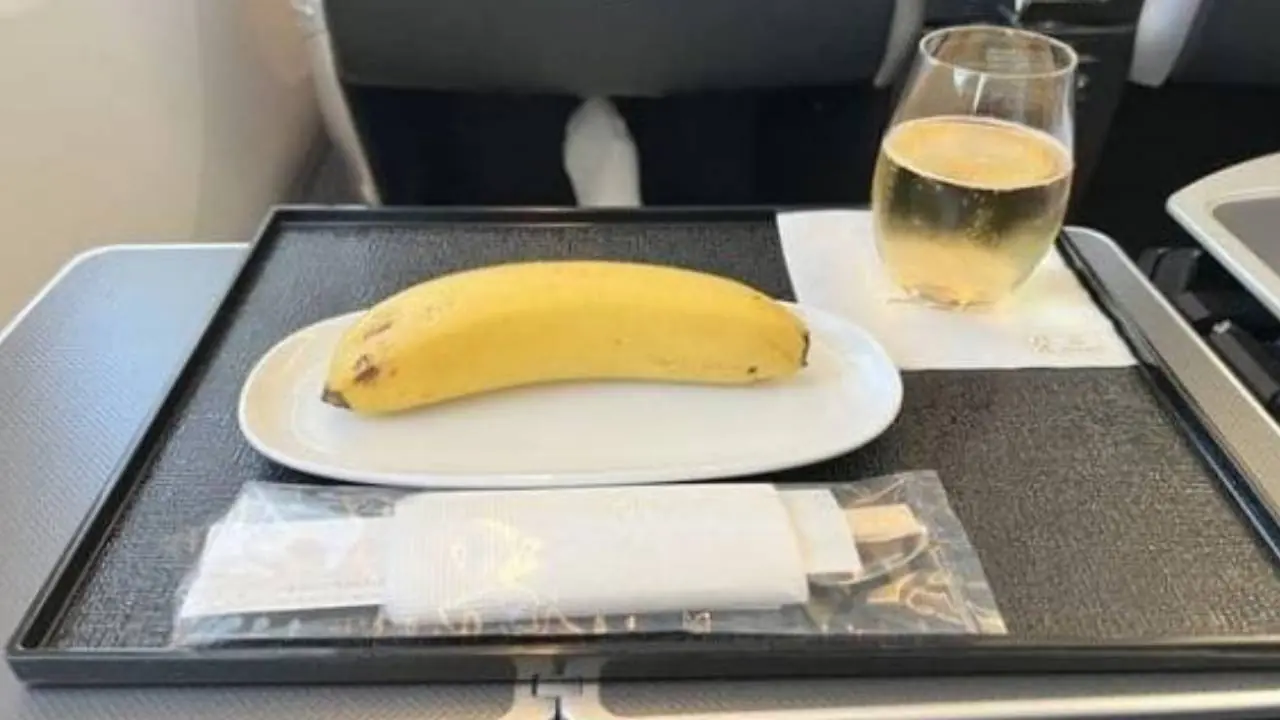
Why do many flight attendants bring a banana with them on flights?

How long should frozen meat last before it should be discarded?
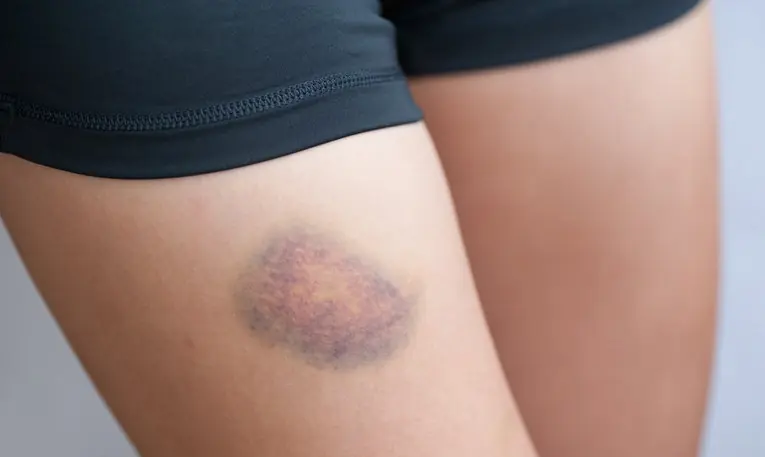
Here are some possible reasons you might be getting these bruises

Drinking Polyscias fruticosa Leaf Tea Daily: A Simple Habit Linked to Notable Health Benefits
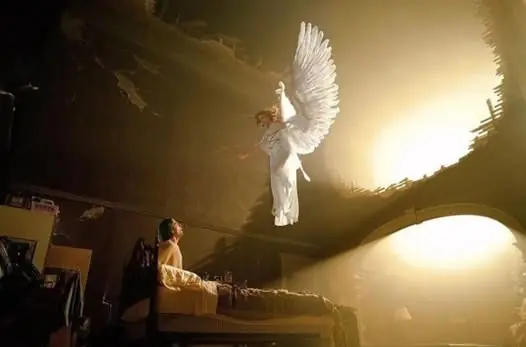
Now I know these 4 relics should never be kept
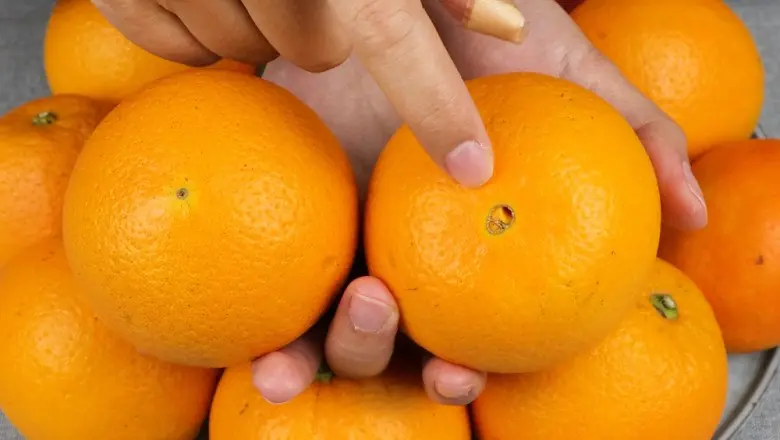
When buying oranges, should you choose ones with a big or small “navel”? Here are 4 tips to pick super-sweet oranges
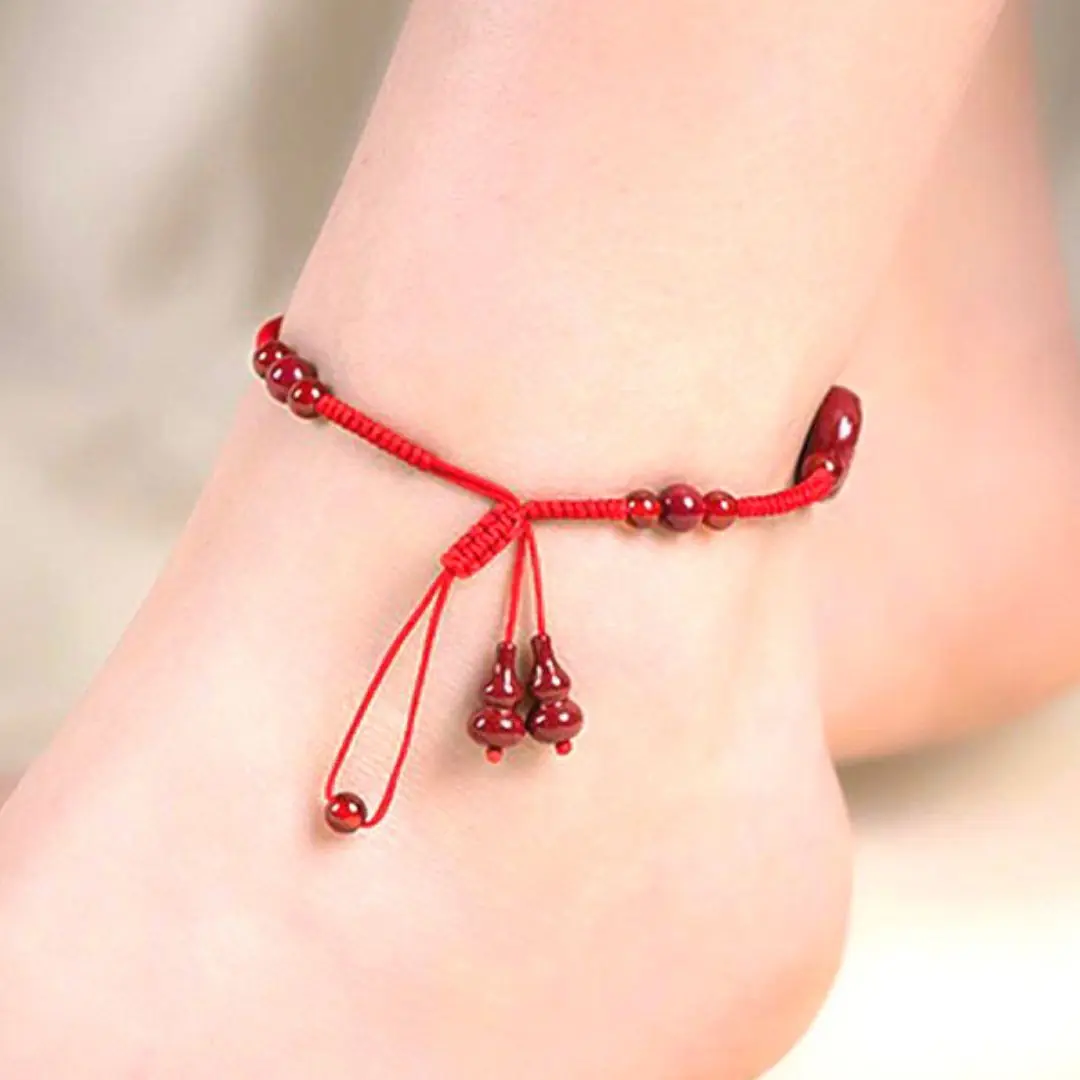
The Cultural Meaning of Ankle Bracelets You May Not Know

Doctors Explain What Happens When You Eat Bananas Every Single Day
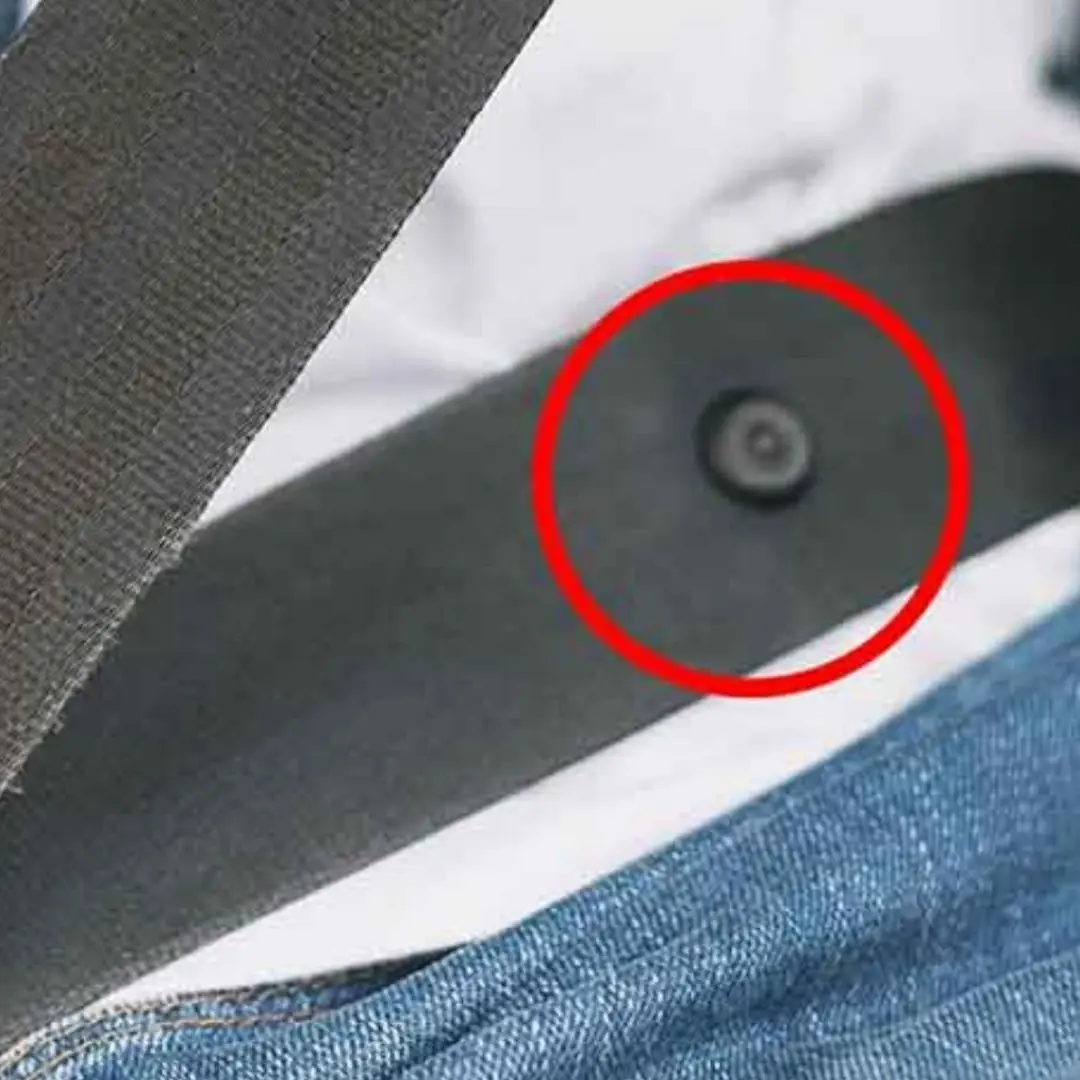
The Tiny Seat Belt Button You’ve Probably Never Noticed — Here’s What It’s For
News Post
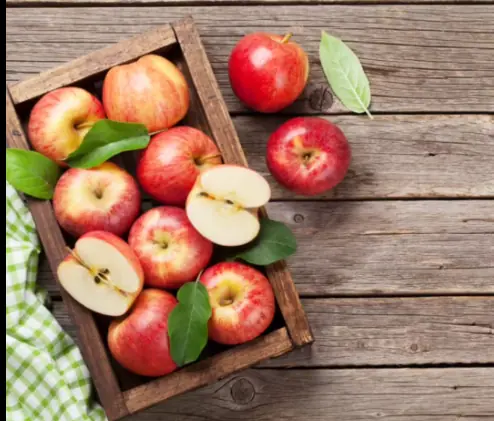
Doctors reveal that eating APPLES causes...

Four Can.cers Discovered After a Sore Thr.oat: A Man Was Shocked to Learn That Despite Regular Exercise, Three Habits Led to His Illness
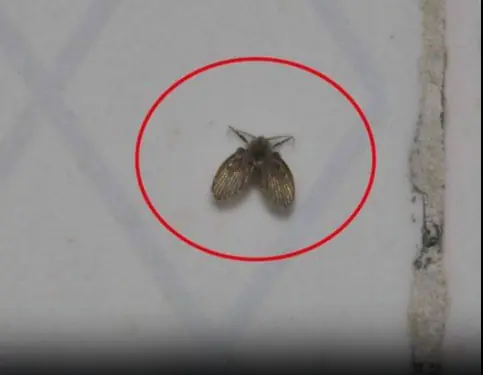
Little Black Bugs in the Bathroom? Here’s What They Are & How to Get Rid of Them for Good
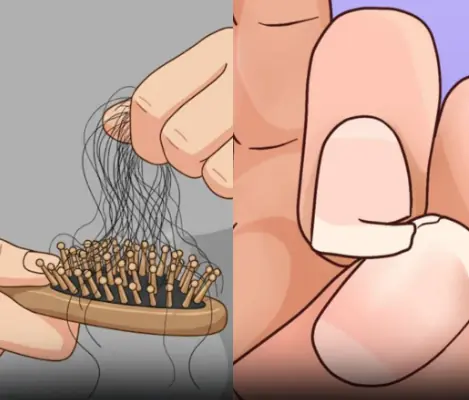
Adrenal fatigue: what it is and 17 all-natural ways to fix it fast
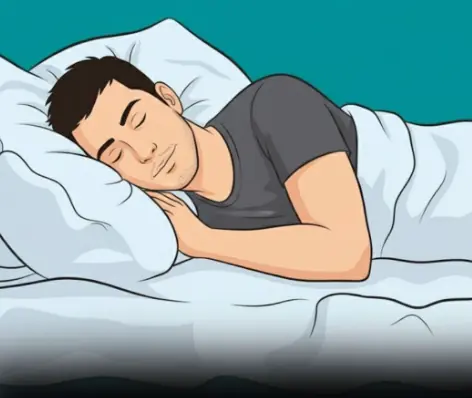
Important News for Everyone Who Loves a Daytime Nap

Grapefruit Is Healthy and Generally Safe, but These 4 Groups Should Avoid It
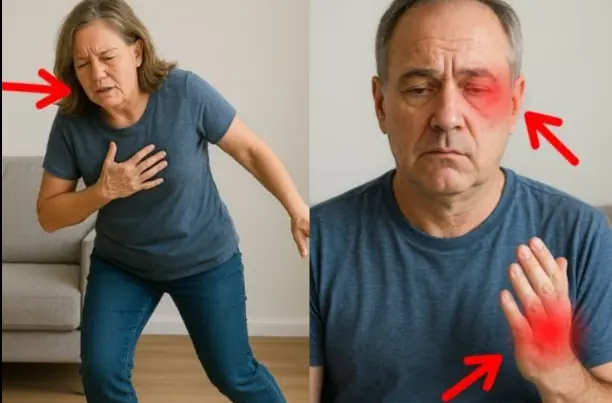
10 Stroke Warning Signs You May Notice 1 Month Before It Happens
Do your legs cramp up at night? Learn the common reasons and the best ways to prevent it.
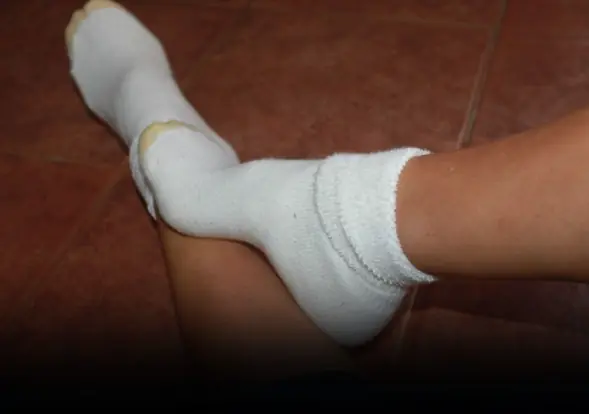
Here’s What Really Happens When You Sleep with Socks On

Meatball Zucchini Pasta (Italian-Style)
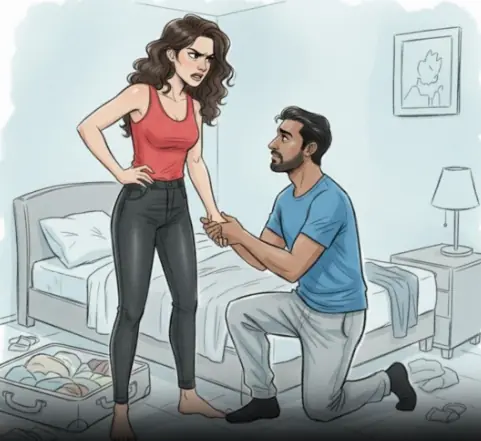
7 Ways How To Deal With A Cheating Husband

If Your Kidneys Are in Danger, the Body Will Show these 10 Signs
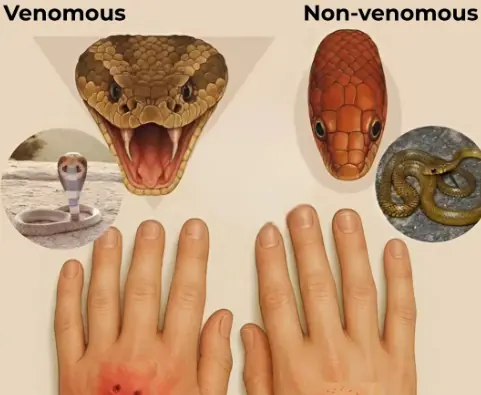
When bitten by a snake, you should do these things first
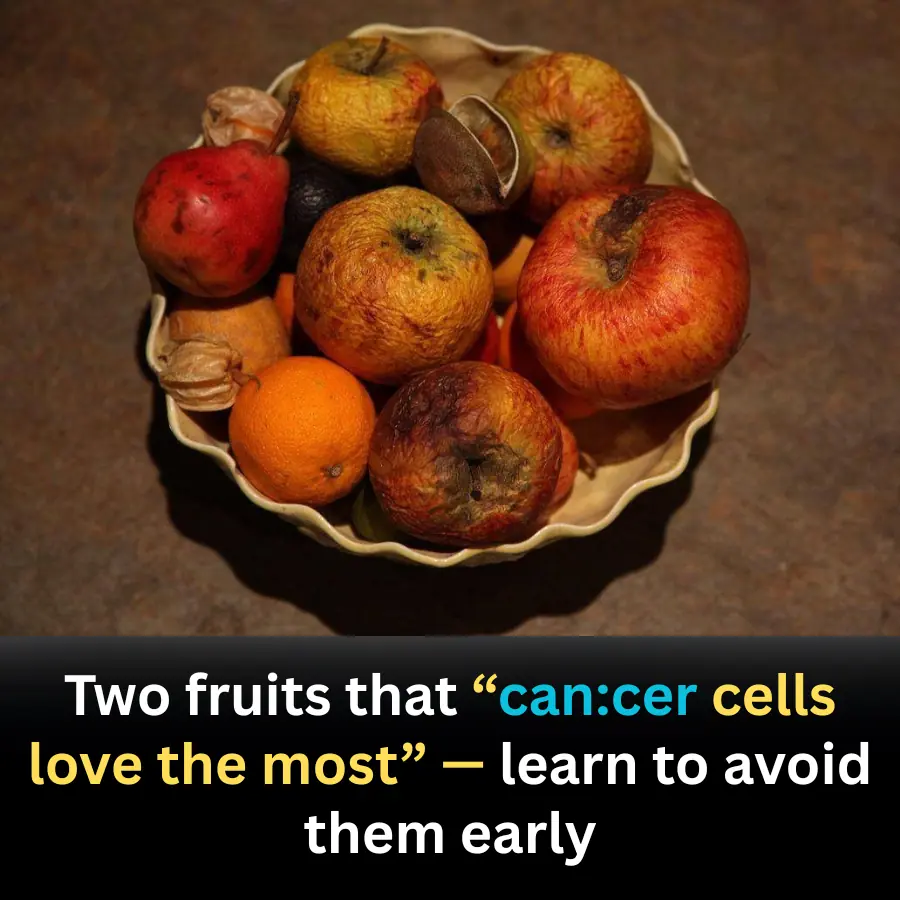
Two Fruits That Cancer Cells “Love”: Why Experts Advise Limiting Them
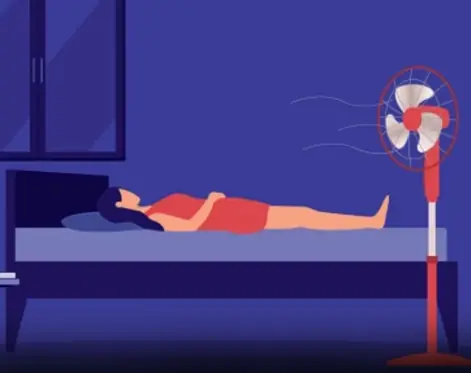
Many of you still don't know what could happen if you continue to sleep like this all night.
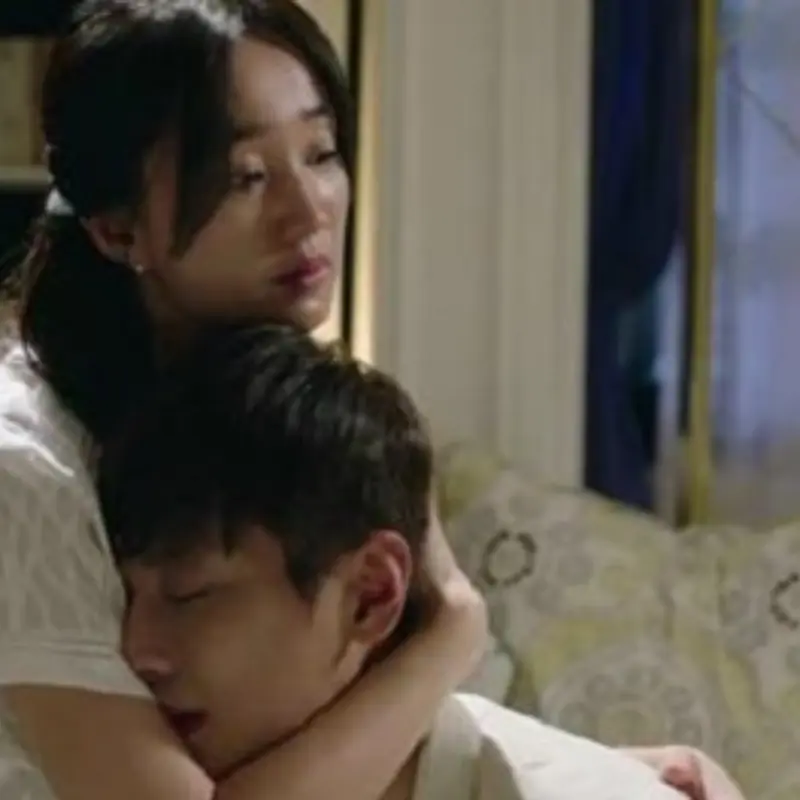
Warning: These 3 intimate habits in men may increase a woman’s risk of cerv.ical can.cer. Don’t ignore them.

Add a Few Drops of Oil to an Onion: A Simple Home Trick That Repels Mosquitoes and Improves Sleep
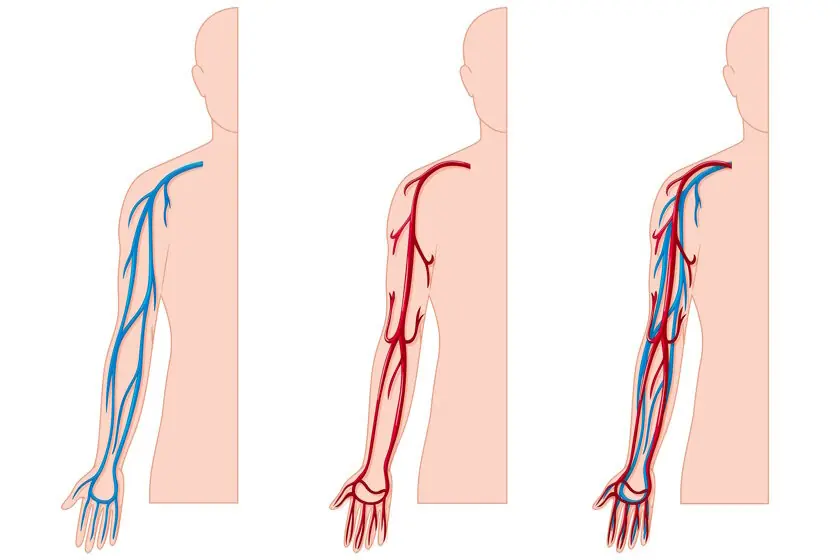
Bulging Veins: What It Could Mean for Your Health
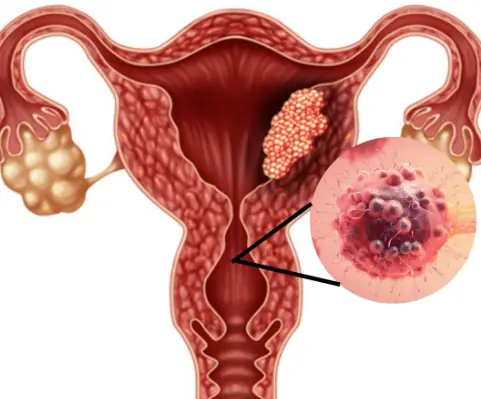
5 early warning signs of cervical cancer
